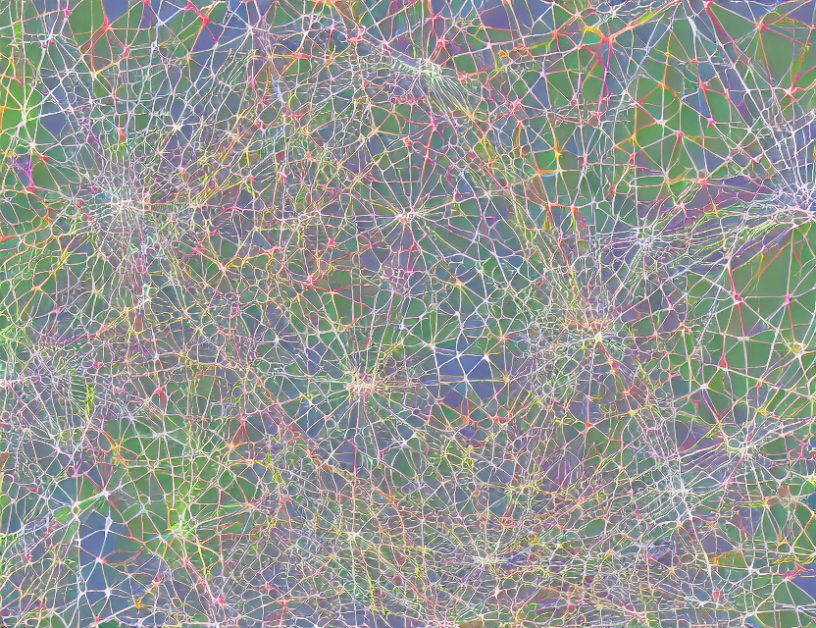Cognition recognition is a rapidly growing field that focuses on developing models to interpret human cognitive states, such as attention or fatigue. Researchers use various physiological data, including electromyography (EMG), electrocardiography (ECG), and pupil diameter (PD), to analyze pilots’ cognition during flight training. However, most existing graph neural networks (GNNs) are limited in their ability to handle complex network problems, including multi-modal physiological data.
The article aims to provide a comprehensive survey of GNNs and their applications in cognition recognition. The authors discuss the limitations of existing GNNs and propose new techniques to address these limitations. They also highlight the potential of using GNNs for personalized learning in various domains, including healthcare and education.
GNNs: A Brief Overview
GNNs are neural networks designed to work with graph-structured data. They operate on a convolutional framework by aggregating information from neighboring nodes in the graph. While GNNs have shown promising results in various applications, they have limitations when dealing with complex network problems, including those involving multiple modalities.
Modality Fusion: A Key Challenge
Cognition recognition involves analyzing multiple physiological modalities, such as EMG, ECG, and PD. However, fusing these modalities to gain a comprehensive understanding of pilots’ cognition poses significant challenges. Most existing GNNs are designed to work with homogeneous graphs, which can be limiting when dealing with heterogeneous data.
To address this challenge, the authors propose new techniques for modality fusion, including early fusion and hierarchical fusion. Early fusion combines the modalities into a single graph structure, while hierarchical fusion aggregates information at multiple levels of abstraction. These techniques enable GNNs to handle complex network problems more effectively.
GNN Architectures: A Survey
The authors survey various GNN architectures, including Graph Attention Networks (GATs), Graph Convolutional Networks (GCNs), and Graph Transformer Networks (GTNs). They discuss the strengths and limitations of each architecture and highlight their applications in cognition recognition.
GATs: A Promising Approach
Graph Attention Networks (GATs) are a type of GNN that uses attention mechanisms to selectively focus on important nodes in the graph. GATs have shown promising results in various applications, including natural language processing and image classification. In cognition recognition, GATs can effectively handle complex network problems by selectively focusing on relevant nodes and edges.
GCNs: A Classical Approach
Graph Convolutional Networks (GCNs) are another type of GNN that uses convolutional layers to learn representations of the graph structure. GCNs have been widely used in various applications, including traffic forecasting and social network analysis. In cognition recognition, GCNs can capture long-range dependencies in the graph structure, which is essential for understanding pilots’ cognition during flight training.
GTNs: A Novel Approach
Graph Transformer Networks (GTNs) are a relatively new type of GNN that uses attention mechanisms to learn representations of the graph structure. GTNs have shown promising results in various applications, including natural language processing and image classification. In cognition recognition, GTNs can capture complex relationships between different modalities, which is essential for understanding pilots’ cognition during flight training.
Applications in Cognition Recognition: A Survey
The authors survey various applications of GNNs in cognition recognition, including pilot cognition assessment and personalized learning. They discuss the potential of using GNNs to analyze physiological data and provide insights on how pilots’ cognition changes during flight training.
Conclusion: GNNs Hold Great Promise
The article concludes by highlighting the potential of GNNs in cognition recognition. The authors note that GNNs can handle complex network problems more effectively than traditional neural networks and have shown promising results in various applications. They also emphasize the need for further research to fully realize the potential of GNNs in cognition recognition and other domains.
In summary, the article provides a comprehensive survey of GNNs and their applications in cognition recognition. The authors demystify complex concepts by using everyday language and engaging metaphors or analogies, making it easier for readers to understand the essence of the article without oversimplifying.



